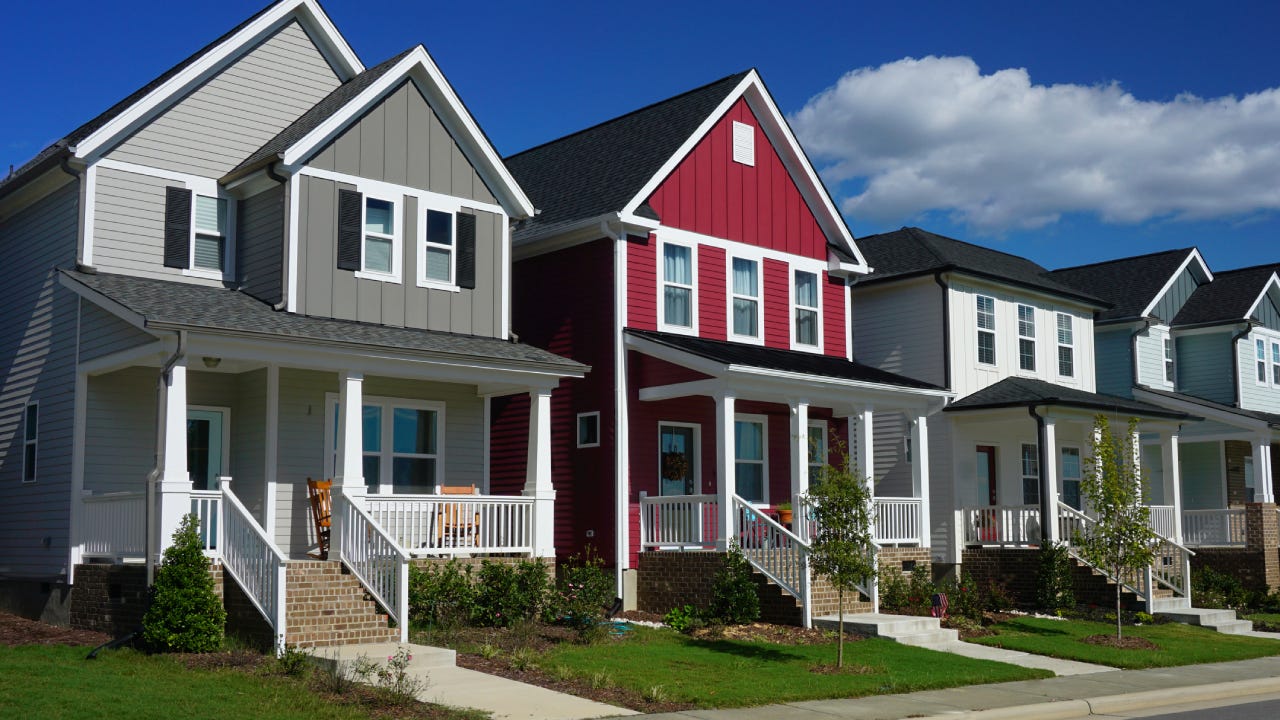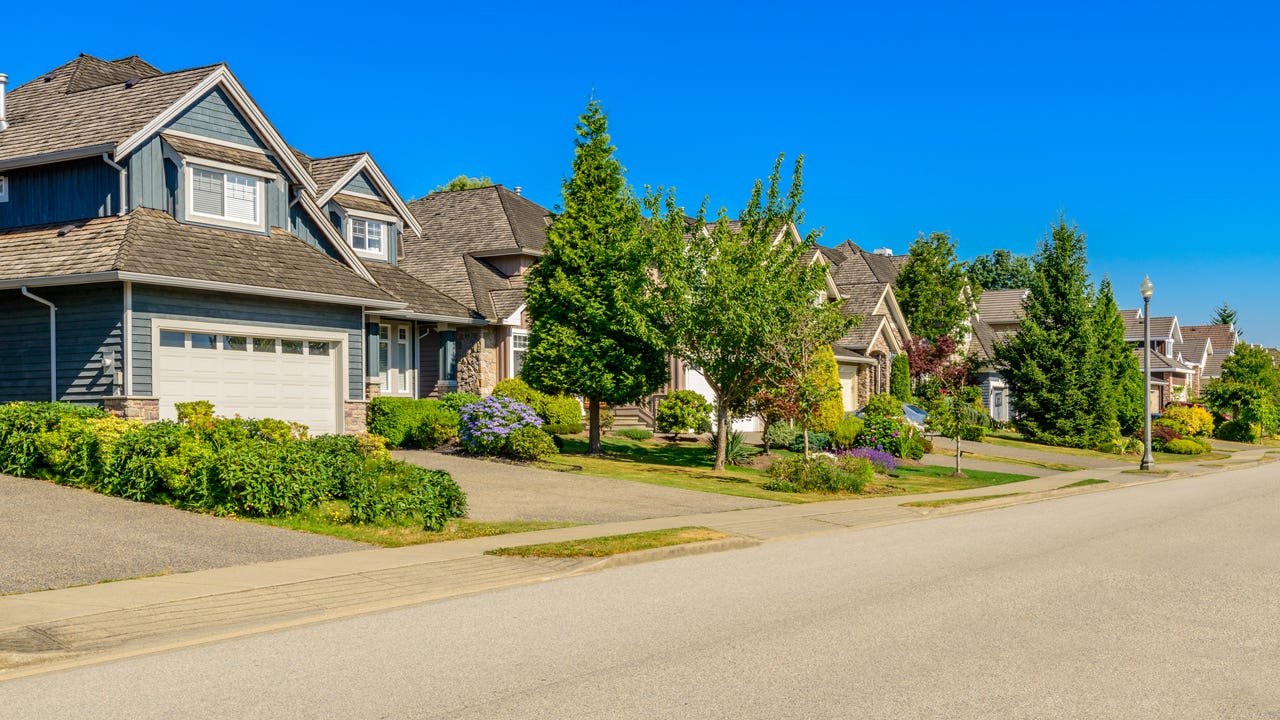The Future of Real Estate: Trends and Opportunities to See
As the genuine estate landscape develops, it comes to be progressively essential to recognize the arising trends and opportunities that will specify the industry in the coming years. With these dynamics at play, a better evaluation of the techniques and adaptations necessary for success discloses intriguing possibilities that could improve investment strategies and market habits.
Technological Technologies in Realty
In current years, the realty industry has welcomed a wave of technical innovations that are transforming typical techniques. These advancements have actually dramatically boosted performance, transparency, and decision-making procedures within the sector. One of the most notable technologies is the rise of big information analytics, which permits property specialists to examine market fads, anticipate home worths, and recognize investment chances with unprecedented accuracy. This data-driven technique enables stakeholders to make enlightened decisions and lowers the dangers connected with home purchases.
In addition, online reality (VR) and boosted fact (AR) technologies are transforming residential or commercial property marketing by providing immersive experiences for potential buyers and occupants. These tools allow clients to perform virtual excursions of residential or commercial properties, thereby streamlining the search procedure and improving customer engagement. Blockchain modern technology is getting grip as a method to secure transactions and maintain clear records, thus lessening scams and quickening the closing process.
Smart home technologies are additionally ending up being progressively widespread, making it possible for home owners to check and regulate their residential or commercial properties remotely (Real Estate Lockhart). Collectively, these technical technologies are improving the landscape of real estate, fostering a much more efficient, transparent, and customer-centric sector
Demand for Sustainable Characteristics
As consumers significantly focus on environmental responsibility, the need for sustainable buildings has surged in the realty market. This change reflects a broader societal pattern towards sustainability, with homebuyers and financiers seeking residential or commercial properties that decrease eco-friendly influence while taking full advantage of energy efficiency. Functions such as solar panels, energy-efficient devices, and sustainable building materials are currently viewed as necessary instead of optional.

Additionally, the surge of eco-friendly neighborhoods, which prioritize walkability and accessibility to public transport, further highlights this pattern. These developments appeal to environmentally conscious purchasers and advertise a healthier way of life.
As the demand for lasting buildings remains to rise, market stakeholders must adapt to these assumptions. By accepting cutting-edge practices and focusing on sustainability, the realty field can not just satisfy consumer need but additionally add to a more sustainable future.
Altering Purchaser Demographics

In addition, the maturing population is reshaping demand for housing. Infant boomers are looking for scaled down homes that provide access and reduced upkeep, frequently preferring urban settings with close-by facilities. This shift demands an emphasis on multi-generational real estate services that accommodate differing demands.
Furthermore, cultural variety is playing a critical role in real estate fads. Purchasers from various backgrounds bring distinct choices and expectations, motivating developers to develop comprehensive settings that provide to a wider target market. As these demographic shifts remain to advance, property specialists need to adapt their approaches to deal with the demands of these different buyers. Recognizing these changing demographics will be essential in identifying emerging possibilities and crafting tailored marketing methods that reverberate with the varied needs of today's market.
Increase of Remote Job Impact
Significantly, the surge of remote work is changing the genuine estate landscape, prompting substantial changes in buyer choices and area options. As staff members delight in the flexibility of working from home, numerous are reassessing their domestic requirements, bring about a rise sought after for homes in country and country areas. This pattern is mainly driven by the wish for even more large living settings that can accommodate home workplaces and a much better top quality of life.
Additionally, metropolitan centers, once the prime focus for purchasers, are witnessing a steady decrease popular as people focus on cost and access to nature. Genuine estate designers and investors are moving their focus towards residential properties that use home office spaces, outside features, and proximity to essential solutions.
This developing landscape demands a reevaluation of typical market strategies. Actual estate professionals must adapt to the altering preferences of customers, emphasizing the importance of way of life consider their marketing techniques. Furthermore, builders hop over to these guys are significantly focusing Check Out Your URL on adaptable flooring strategies that provide to the double demands of living and working, guaranteeing that they continue to be affordable in a quickly transforming market. The ramifications of remote work with realty are extensive, forming future trends and opportunities.
Financial Investment Opportunities in Arising Markets
Financial investment chances in arising markets are regularly attracting interest from genuine estate financiers seeking diversity and development possibility. These markets, identified by quick financial growth, boosting urbanization, and an expanding center course, present distinct prospects for wise capitalists. Countries in Southeast Asia, Africa, and Latin America are witnessing significant facilities renovations and desirable federal government plans, which additionally enhance their appeal.
Property fields such as household, business, and logistics are experiencing heightened demand because of city migration and advancing customer preferences. Especially, cities like Ho Chi Minh City, Nairobi, and Medellín are becoming hotspots for investment as a result of their expanding economic climates and younger demographics.
Capitalists should conduct detailed market analyses to identify key trends, such as changes in populace dynamics and financial stability, which can influence residential or commercial property worths. In addition, collaborations with neighborhood realty firms can assist in successful access and navigating in these markets.
Nevertheless, it's vital to be conscious of potential dangers, consisting of political instability and governing challenges. By weighing these factors and taking on a long-lasting viewpoint, capitalists can efficiently take advantage of the financially rewarding opportunities arising in these creating regions.

Conclusion
Finally, the future of property will be significantly influenced by technical developments, an expanding emphasis on sustainability, and advancing customer demographics. The rise of remote work is improving housing preferences, specifically in suburbs. Additionally, arising markets present significant investment opportunities for stakeholders happy to adjust to check over here these modifications. Navigating this changing landscape will require critical partnerships and a keen understanding of market characteristics to exploit on the trends forming the sector.
As the genuine estate landscape evolves, it ends up being progressively crucial to understand the emerging trends and possibilities that will specify the sector in the coming years. One of the most noteworthy developments is the rise of large data analytics, which allows real estate experts to assess market patterns, anticipate residential or commercial property worths, and recognize financial investment possibilities with unmatched precision.As consumers significantly focus on ecological duty, the demand for sustainable residential properties has risen in the actual estate market. The effects of remote job on genuine estate are profound, shaping future patterns and opportunities.
Investment possibilities in arising markets are continually attracting focus from actual estate financiers seeking diversification and development possibility.